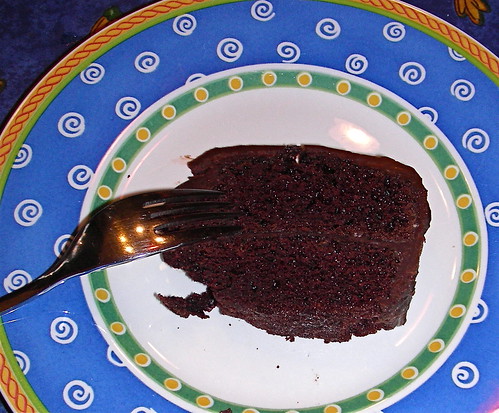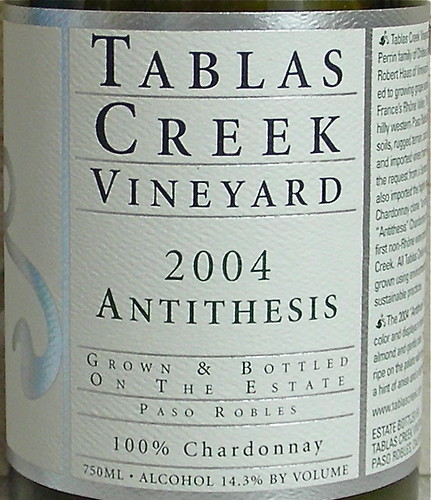When our friends Marie-Claire and Gérard visited us this summer, they didn't come empty-handed. They brought with them three distinctive wines that they wanted to share with us: a red from the Gaillac region made from the almost extinct grape variety Prunelard, a 1995 Hermitage La Chapelle, and a Rivesaltes Ambré from Domaine Cazes. This became an excuse to invite a few additional guests —who were asked to bring their own favorite bottles— for a special wine tasting dinner at our place. So here are the wines that we tasted, the highlights of the evening being the elegant 1995 Hermitage Paul Jaboulet Ainé La Chapelle and the beautifully aged 1991 Groth Cabernet Sauvignon
First, with the appetizers:

•
2003 Domaine Plageoles Prunelard. The
Gaillac region, which lies some fifty kilometers northeast of Toulouse is one of the oldest wine growing regions in France.
Robert et Bernard Plageoles are energetic winemakers from Gaillac that are committed to reviving the region's obscure varietals rather than using better known and more accessible grapes. This wine is 100%
Prunelard, an almost extinct grape variety. My notes: medium red color, plummy flavors with herbal and wild berry notes, light to medium-bodied, good acidity.
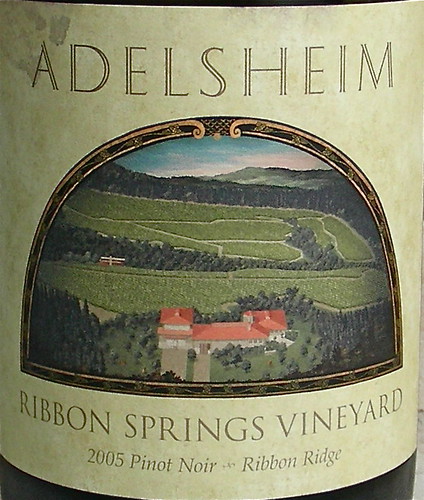
•
2005 Adelsheim Pinot Noir Ribbon Springs Vineyard, brought by our friends Jiyon and Mike. Established in 1971,
Adelsheim Vineyard is a family-owned and operated winery situated in Oregon's northern
Willamette Valley. The Ribbon Springs Vineyard is located on the
Ribbon Ridge spur of the Chehalem Mountains on southeast facing slopes, at an elevation of 500 feet. My notes: medium red color, bright pinot nose of sweet fruit, medium-bodied, well-balanced, with smoky, peppery notes.
Now, with the Bœuf Bourguignon:
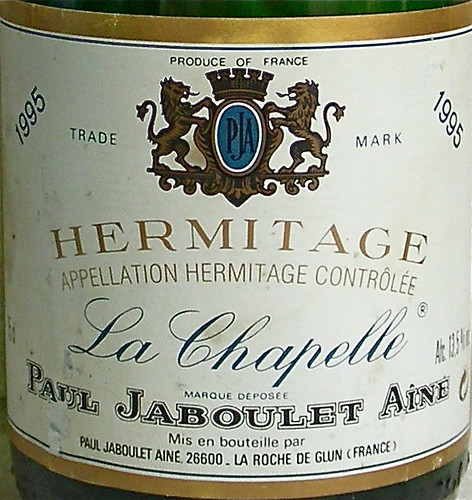
•
1995 Hermitage Paul Jaboulet Ainé La Chapelle. The name of Hermitage La Chapelle refers to the little chapel of Saint-Christophe overlooking the terraced vineyards along the Rhône. These vineyards has been owned by
Paul Jaboulet Ainé since 1919. The wine is a blend of the best terroirs, including the prestigious hillsides of Méal and Bessards. Each one provides its own aromatic characteristics, giving the wine great ageing potential. My notes: orange-brick color, delicately perfumed nose, aromas of fading fruits and spices with flowery notes, medium-bodied, soft tannins.
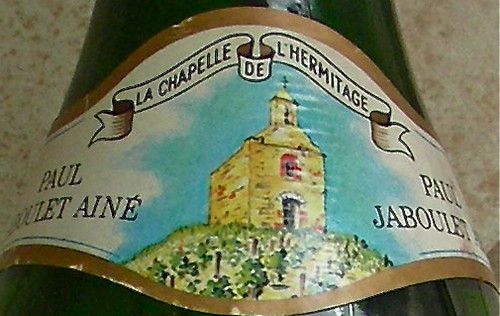
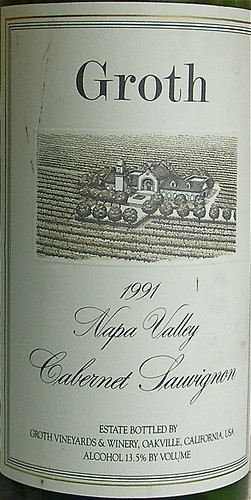
•
1991 Groth Cabernet Sauvignon Napa Valley, brought by our friend Jamie.
Groth Vineyards & Winery was established in 1982. The winery is family owned and operated and specializes in the production of Cabernet Sauvignon, Sauvignon Blanc, and Chardonnay from Napa Valley's
Oakville AVA. My notes: cassis and clove on the nose, medium to full-bodied, smooth and complex on the palate, lengthy, aromatic finish. This is a wine that has aged beautifully.
Then, with the cheese (hard cheese only!):
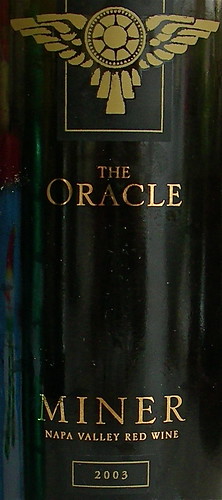
•
2003 Miner Family The Oracle Napa Valley Red Wine, from my cellar. This is
Miner Family Vineyards relatively new signature wine inspired by Greek Mythology. It is a Bordeaux blend sourced from Napa Valley's renowned
Stagecoach Vineyard. In 2003, the blend was 52% Cabernet Sauvignon; 31% Merlot; 17% Cabernet Franc. My notes: dark color, black fruits and vanilla nose, full-bodied, plush flavors on the palate, lenghty finish.
Last but not least, with Jiyon's nectarine pie:
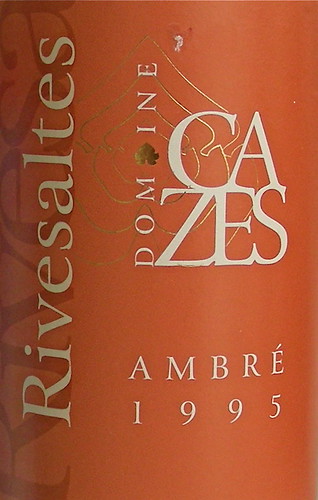
•
1995 Rivesaltes Ambré Domaine Cazes.
Domaine Cazes is a 200 hectares estate located at the heart of the Roussillon region in the
Rivesaltes appellation. For the last ten years Cazes has been using new viticulture methods based on Biodynamics. The Rivesaltes Ambré is a 100% White Grenache fortified wine aged oxidatively in wood for seven years. My notes: deep amber color, aromatic nose of dried fruit, sweet and ample on the palate with long lasting notes of walnut and toffee.
Technorati tags:: wine food & drink
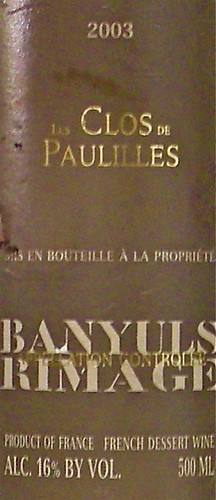 What do you do when your daughter bake a dark, rich, full flavored chocolate layer cake? You simply open a bottle of Banyuls — certainly the best partner for chocolate — to enjoy with the cake.
What do you do when your daughter bake a dark, rich, full flavored chocolate layer cake? You simply open a bottle of Banyuls — certainly the best partner for chocolate — to enjoy with the cake.